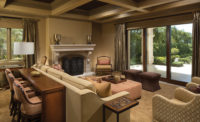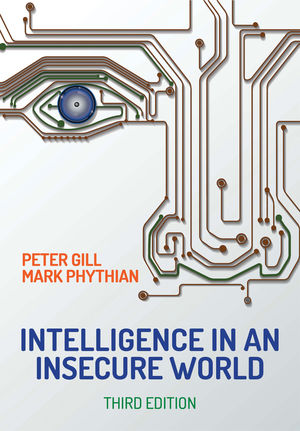This client’s goal was not just producing net-zero energy or achieving a zero carbon footprint, but rather designing a home that created more energy than it consumed, allowing excess energy to be sold back to the grid. The client also required completely automatic lighting control, HVAC control and energy utilization that balanced comfort with efficiency.
CEDIA member Cantara, Costa Mesa, Calif., overcame the challenges of working with bleeding-edge, first-generation technologies under an inflexible timeline to deliver a winning outcome.
Client’s Needs
Their goal was a home that could generate enough energy to operate the residence, allow nightly charging of an electric vehicle and still produce an excess of 2kWh that could be sold back to the grid. The home also had to allow multi-zone music and enterprise-grade networking.
Challenges
Every system running in this home is a first-generation prototype, so Cantara was unable to reference any historical data when creating the code for the control system. As they were creating the code for the control system, the other systems being installed were still evolving. Cantara accomplished a significant amount of alpha and beta testing with these new technologies.
The System
Within this 2,000-square-foot home is a multitude of experimental and cutting-edge residential technology. Some of these systems, such as the current solar-power generation, report their status to the AMX control system, while others, such as the geothermal pumps, are completely controlled and operated by the AMX system. The system is responsible for managing climate control, lighting control and the home’s energy management system. The system also controls the home’s music and two televisions.
HVAC
Because of the complexity and required logic of the HVAC system, no existing thermostat met the client’s needs. A custom thermostat was created to monitor the climate of the home and communicate directly with the pumps for the geothermal system.
In the ground beneath the home are eight 20-foot-deep boreholes for a geothermal heat pump to harness the ground’s relatively stable thermal sink to heat and cool the home’s floors and ceiling throughout the year. A wall-mounted temperature sensor is directly wired into an AMX processor, and the system is all managed through the custom user interface and Cantara’s code. No physical thermostat exists in the home.
Lighting
The LED lighting used throughout the home is not only five times more energy efficient than conventional lighting, it is also designed to support the health and wellness of the home’s occupants. Mimicking the natural shifts in daylight that occur from morning to night — blue-colored white light in the a.m. hours, and warmer-colored light for the p.m. hours — the circadian-friendly lighting system programming references its internal astronomic time clock to determine the correct color temperature setting of several LED fixtures throughout the house.
Energy Management
The HEMS (home energy management system) is essentially a router of electricity, sending power either directly into the home’s electrical wiring, into the batteries of the electric vehicle, back into the utility’s grid, or even to the HEMS’ own 10kWh storage battery. For example, when the power generated by the solar panels is in excess of what the home needs to operate, the system can either charge the car, charge the batteries for the home, or send the energy back to the power grid. The house can also respond to the utility company’s demand response event, notifying the occupant and maintaining zero consumption of grid power.
The AMX system provides hourly solar generation and energy consumption predictions to minimize the home’s carbon footprint and determines the optimal time to supply energy back to the grid or charge the vehicle.
Cantara’s work earned them the Level V Gold Technical Design award for Integrated Home as well as the Best Original Graphical User Interface award in CEDIA’s 2014 Electronic Lifestyles® Awards competition. To see more inspirational project features, visit the CEDIA blog at cedia.net/blog.







